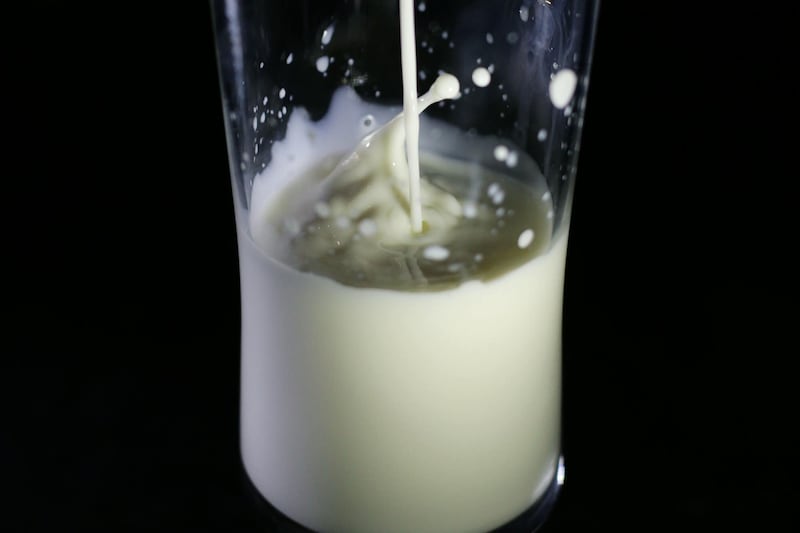A large majority of plant-based milks contain fewer nutrients than cow’s milk, new research suggests.
More people are drinking milk alternatives made from plant sources such as oats, soy, or almonds, and researchers say it is important that consumers are aware of their nutritional value.
The new study set out to assess whether vegan products deliver the same nutrition as cow’s milk which is an important source of calcium and vitamin D.
Vitamin D helps regulate the amount of calcium and phosphate in the body, nutrients which are needed to keep bones, teeth and muscles healthy.
In the study, researchers exam
ined more than 200 plant-based milk alternative products being sold in the USA in 2023.
They found that compared with cow’s milk, only 12% of the milk alternative products contained comparable or greater amounts of all three nutrients studied: calcium, vitamin D, and protein.
The NHS sets out that milk and dairy products, such as cheese and yoghurt, are great sources of protein and calcium. They can form part of a healthy, balanced diet.
It also states that unsweetened calcium-fortified dairy alternatives like soya milks, soya yoghurts and soya cheeses also count as part of this food group and can make good alternatives to dairy products.
Abigail Johnson, assistant professor and associate director of the University of Minnesota School of Public Health Nutrition Coordinating Centre, said: “Our results provide evidence that many plant-based milk alternatives are not nutritionally equivalent to cow’s milk.
“Based on these findings, consumers should look for plant-based milk alternative products that list calcium and vitamin D as ingredients.
“They may also want to consider adding other sources of calcium and vitamin D to their diets.”
The findings, which are preliminary and have not been peer-reviewed, were presented at Nutrition 2023, the annual meeting of the American Society for Nutrition being held in Boston.
Dr Johnson said: “We know from our dietary assessments for nutrition studies that consumers are choosing more plant-based milk alternatives
“This project aimed to increase the number of these milk alternatives available in the Nutrition Coordinating Center’s database of foods.”
The study included nutrition information from nutrition facts labels and ingredient information for 233 plant-based milk alternative products from 23 different manufacturers.
For each product, the researchers applied a nutrient calculation program to estimate full nutrient information.
They then compared the nutritional content of different products within a category — for example, almond milk, oat milk, and soy milk — with each other and with cow’s milk.
According to the findings, compared with dairy milk, just 28 of the plant-based alternatives had similar amounts or more calcium, vitamin D and protein.
Almost two-thirds of the products included in the study were made from almonds, oats, or soy.
Some 170 of the plant-based milk alternatives were fortified with both calcium and vitamin D and that the level of fortification tended to be similar to dairy milk.
Specifically, 76% of the oat-based products, 69% of soy-based, and 66% of almond-based alternatives were fortified with both calcium and vitamin D, the study found.
Dr Johnson said: “Our findings point to a need to ensure that consumers are aware that many plant-based milk alternative products in the marketplace today are not nutritionally equivalent to cow’s milk.
“Product labelling requirements and dietary guidance to the public are among the approaches that may be helpful in alerting and educating consumers.”




